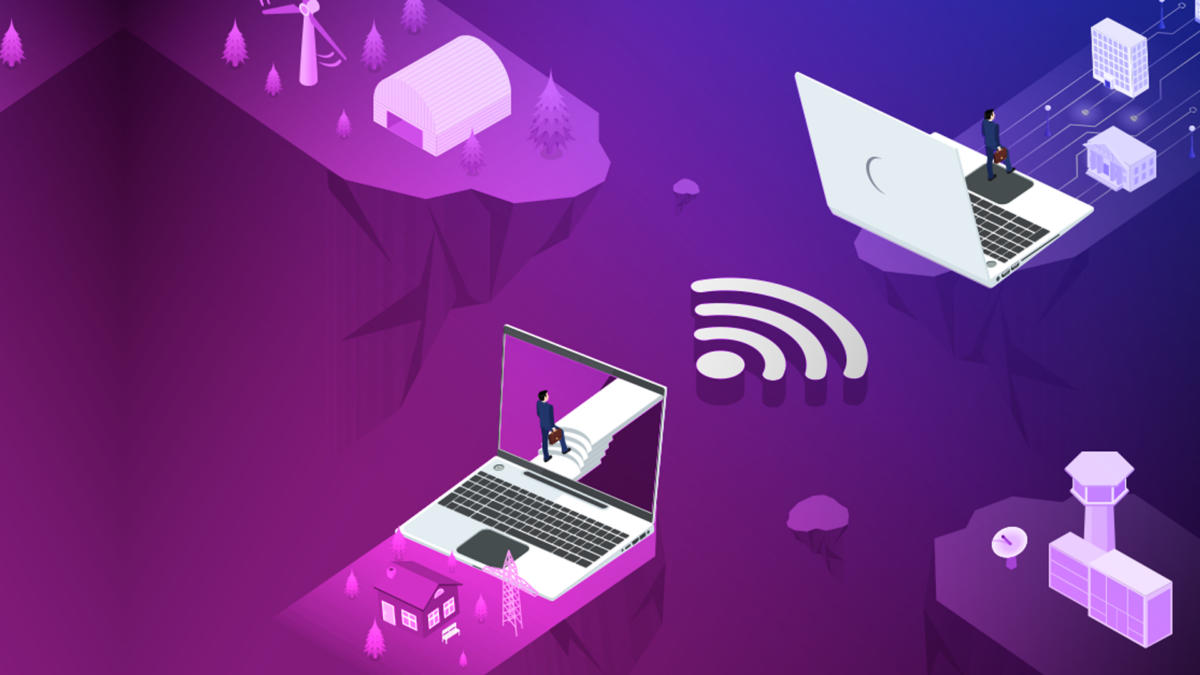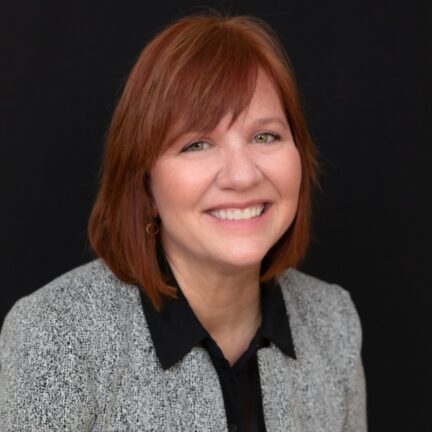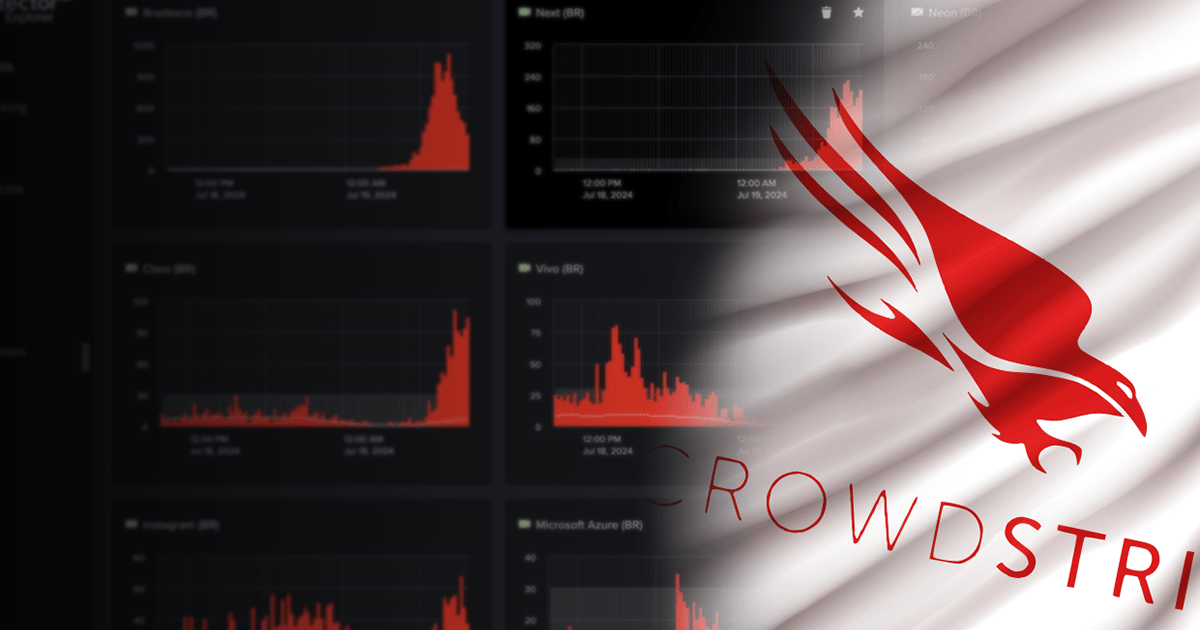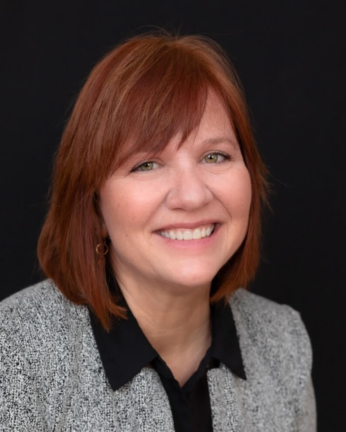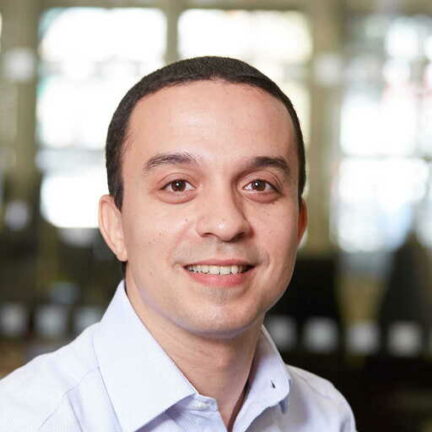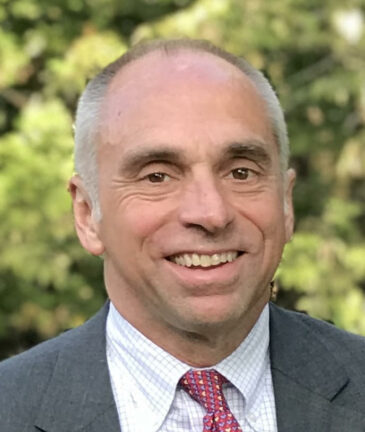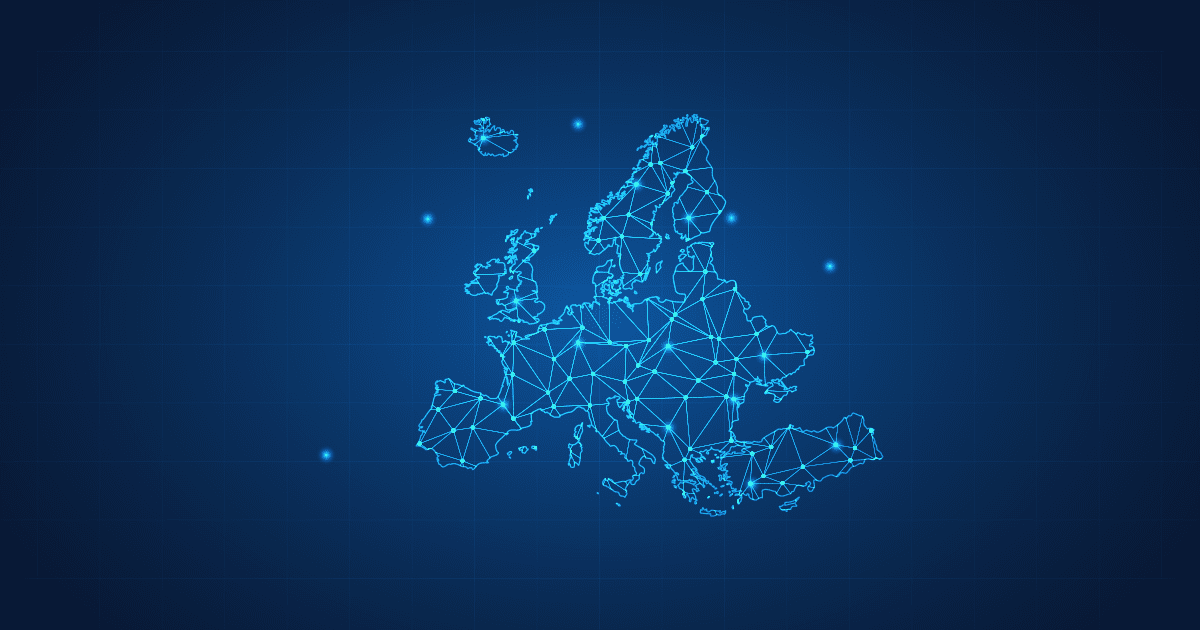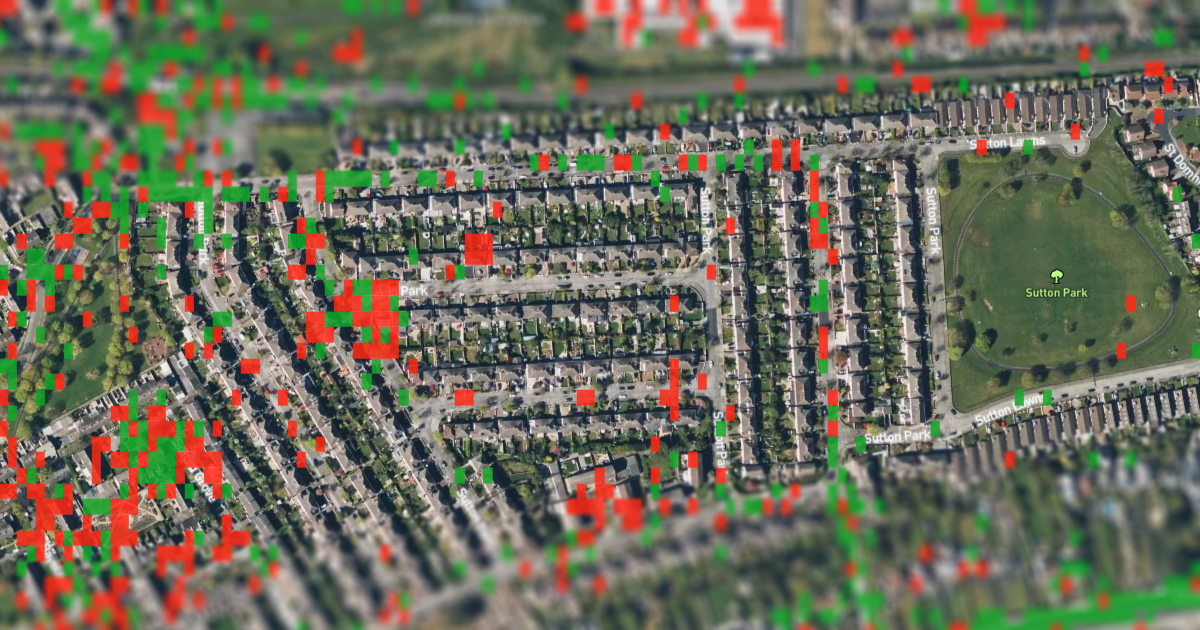
Webinar
A Data-Driven Blueprint for Smarter Urban Telecoms Planning
How Dublin City Council and the City Telecoms Association Use Speedtest Data to Improve City Connectivity
Cities are under growing pressure to deliver world-class connectivity while ensuring digital inclusion, urban aesthetics, and environmental sustainability. With 5G and fiber infrastructure rollouts being key drivers of smart city innovation and digital competitiveness, traditional approaches to telecoms planning are no longer sufficient. Dublin City Council has taken a proactive, data-driven approach to meet these challenges head-on, and collaborated with the City Telecoms Association and Ookla to develop a best practice model for other cities around the world.
By leveraging Ookla’s Speedtest Insights™, Dublin created Ireland’s most comprehensive city-level telecom analysis, redefining how cities can plan and optimize their infrastructure. This innovative strategy is setting a new benchmark for urban telecoms planning.
In this webinar, Ookla is joined by Dublin City Council to share how they’ve successfully:
- Set KPIs to monitor city telecoms competitiveness and ensure future-proof investments
- Used geospatial analysis and computer vision to identify connectivity gaps
- Maximized city-owned asset use, including opening rooftops for telecoms deployments
- Promoted citizen engagement through educational resources to increase transparency around telecom infrastructure
- Studied the impact of social deprivation and other factors on the digital divide
Watch the Recording
About the presenters
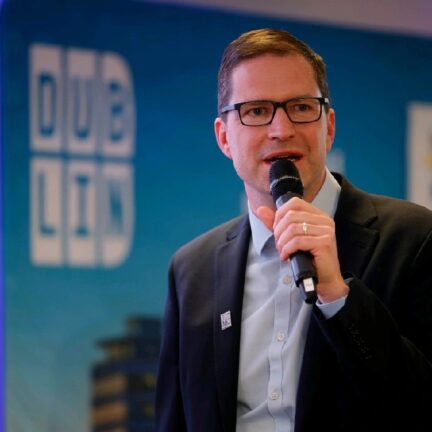
Jamie Cudden
Smart City Program Manager at Dublin City Council

Luke Kehoe
Industry Analyst for Europe at Ookla
